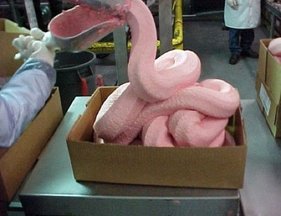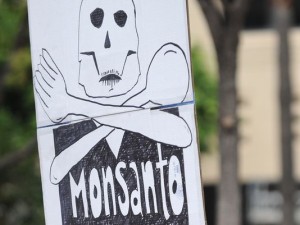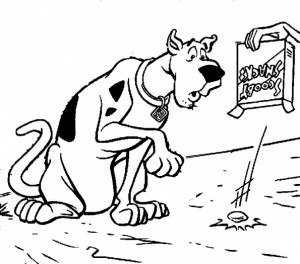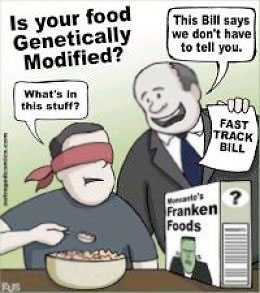I get a fair amount of prop aganda in my inbox. One recent email trumpeted Congress: Don’t Gut School Lunch Standards and Damage our Children’s Health! I learned there was a party-line vote to move forward in the House with a bill to provide more “flexibility” in applying the school lunch standards set by the 2010 Healthy, Hunger-Free Kids Act (HHFK).
aganda in my inbox. One recent email trumpeted Congress: Don’t Gut School Lunch Standards and Damage our Children’s Health! I learned there was a party-line vote to move forward in the House with a bill to provide more “flexibility” in applying the school lunch standards set by the 2010 Healthy, Hunger-Free Kids Act (HHFK).
The death of a public good by a thousand, GOP-led cuts? How much more zeitgeist’y can you get? I was on it.
And then, well, I had to dig for the meat and potatoes of the situation. And those meat and potatoes illustrate remarkably well a different contribution to the zeitgeist: folks barking in caps and exclamation points to rally the hoi polloi to post a rant, click send on a petition.
So the caps-&-!! email informed me that four years into the country’s current experiment in mandating healthy school lunches, Republicans seek to let schools opt out of applying those new health standards if their budgets are suffering as a result of implementing them. The School Nutrition Association, a professional group of school nutritionists, supports the idea; however, it also happens to be funded in part by food manufacturers like Domino’s. But the National School Boards Association, a national federation of 95,000 school boards, supports it as well. Hmmm.
It turns out the opt-out folks have some good points. Continue reading










